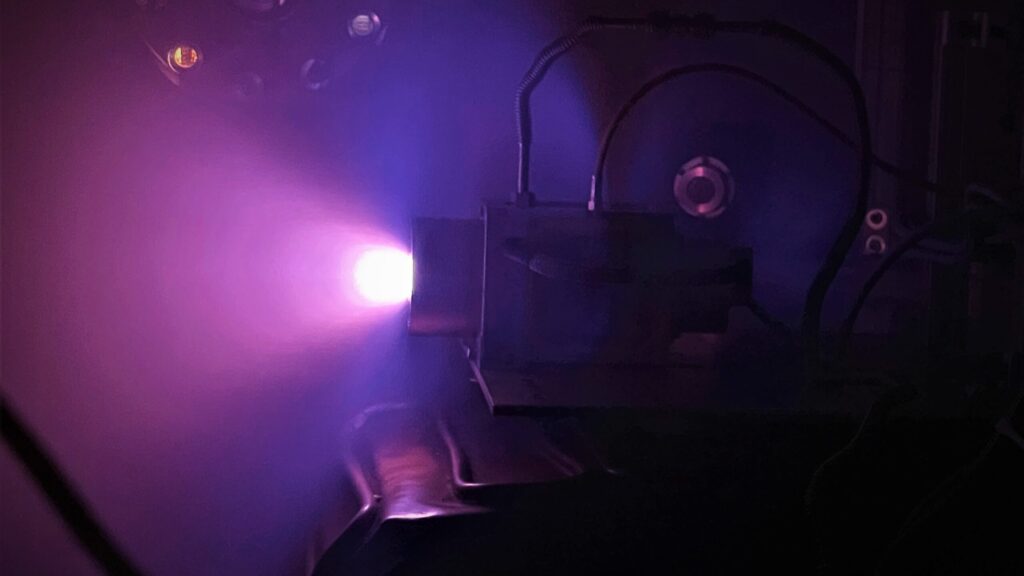X-39
To post or not to post, that is the question
- Joined
- 20 February 2021
- Messages
- 380
- Reaction score
- 875

Feb 25, 2022
RELEASE 22-022
NASA Selects Futuristic Space Technology Concepts for Early Study
[...]The NASA Innovative Advanced Concepts (NIAC) program fosters exploration by funding early-stage studies to evaluate technologies that could support future aeronautics and space missions. A new slate of awards will provide a total of $5.1 million to 17 researchers from nine states[...]
The selected concepts include 12 new projects for Phase I study, as well as five Phase II awards that will allow researchers to continue their prior work on innovative concepts. The projects are still in the early stages of development and are not considered official NASA missions. Phase I fellows will each receive $175,000 for a nine-month study, and Phase II fellows will receive $600,000 each for study over a two-year period[...]
The new Phase I projects include a novel design for a crewed spacecraft that provides more protection from radiation on long journeys than conventional crew modules, a concept for a completely silent electric airplane, and an idea for a spacecraft that could harness the Sun's heat to propel it out of the solar system at unprecedented speeds.
John Mather, Nobel laureate and astrophysicist at NASA's Goddard Space Flight Center in Greenbelt, Maryland, proposes a concept that could help humanity study distant, Earth-like exoplanets. A football field-size starshade in space would be aligned with ground-based telescopes, blocking out the light from distant stars and allowing astronomers to search for signs of life in the atmospheres of planets in other star systems.
A concept proposed by Sara Seager of the Massachusetts Institute of Technology would help scientists study a planet much closer to home: Venus. A probe would parachute into the planet's atmosphere to capture a sample of gas and clouds. The sample would be brought to Earth, where scientists could look for signs of life in Venus' atmosphere – one of the few potential places it could survive on the otherwise hot, high-pressure planet[...]
[...]The selected Phase II projects include a design for small climbing robots that could explore subsurface caves on Mars, a novel way of using nuclear power for spacecraft, and a concept for a swarm of 3D-printed swimming micro-robots that could explore ocean worlds like Enceladus, Europa, and Titan.
Phase II fellow Zac Manchester of Carnegie Mellon University will continue his work on a concept for artificial gravity in space using a kilometer-size rotating structure. After launching on a single rocket, the proposed structure would deploy to 150 times its original size, becoming a huge rotating habitat that would provide artificial gravity equal to Earth's gravity in some parts of the structure[...]

NASA Selects Futuristic Space Technology Concepts for Early Study
An astronaut steps into a body scanner and, hours later, walks on Mars in a custom-made spacesuit, breathing oxygen that was extracted from Mars' carbon dioxide-rich atmosphere.
Last edited:


